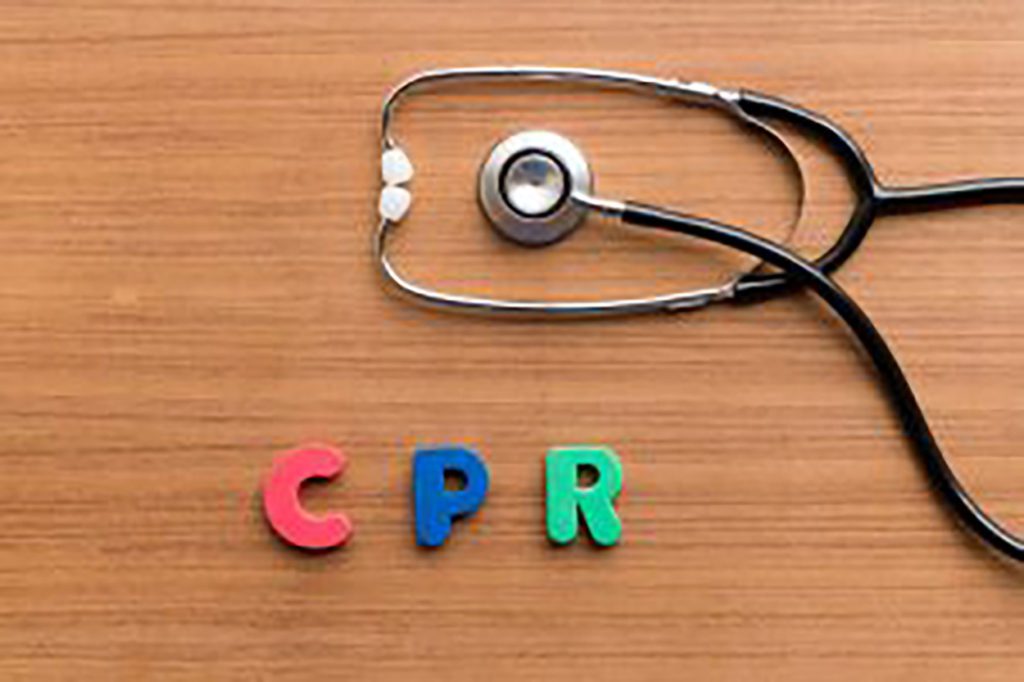What keeps people from performing CPR

What Keeps people from performing CPR
Every year, approximately 350,000 cardiac arrests occur outside of hospitals in the US alone and the victims’ survival is mainly impacted by a bystander’s ability to react immediately. With the average emergency response rate in the US being 8-12 minutes, the situation doesn’t look so good.
The stark difference explains the reason why the majority of these victims either dies or suffers further serious implications. But with CPR training, this rate could be improved exponentially and could double or triple the victim’s chances of survival.
This is the main reason why it is essential for people, regardless of their age, to be trained in AHA’s hands-only CPR technique. Along with this, it is also essential for people to be willing to perform CPR if they are ever faced with such a situation.
Unfortunately, many bystanders are reluctant to perform CPR, even if they have undergone training. The main reasons holding these people back are fear and misconceptions. One bad case or mishandled situation generates a string of fear that prevents them from saving someone’s life in the future.
Two of the most common fears often associated with performing CPR are as follows:
Hurting the Victim
The most common, and quite rational, fear that people often have with performing CPR is of hurting the victim even more that they already are. People worry that they might miscalculate a step and do something that does more harm than good. One of the fears people have is that they might break the person’s rib.
But the fact is that performing compressions at the depth of around 2-inches deep often lead to broken or fractured ribs or sternum. In fact, according to a study published in the American Heart Association Journal, rib and sternum fractures are significantly common in victims who have received CPR. Another 2015 study showed that 86% men and 91% women who receive CPR suffer sternum and/or rib fractures.
It is common sense to assume that a few broken bones are preferable to death and causing that to happen should not hold you back from keeping someone alive.
Administering the Procedure Wrong
The second most common but also rational fear is performing the procedure wrong and failing to help the victim in any way. The lack of confidence in their own ability often drives people away from performing CPR in an emergency situation as they think they will mess up the problem further. In fact, some studies show that more than 70% Americans don’t have the confidence and are reluctant to perform emergency CPR.
Often times, this fear comes from the person thinking of CPR being complex and hard to perform. This is the reason why the American Heart Association’s hand-only CPR technique is far better and has replaced the older version that required mouth-to-mouth. This technique only requires two steps; calling 911 and performing compressions.
If you get your certification from a trustworthy instructor, it is very easy to learn and perform. If you get CPR training from a place like Texas CPR, the instructors will pay attention to correct your technique and give you ample time to practice on a dummy. This way, you will be able to train your muscles to learn the procedure and will have no trouble in recreating them in an emergency situation.
With both misconceptions debunked, you should be able to overcome these fears and be prepared to act quickly and save someone’s life.
www.texascpr.com
Bystanders may hesitate to perform CPR for fear of causing harm

